What's the difference between Soma Cacao ("Ceremonial Cacao") and Cacao Powder?
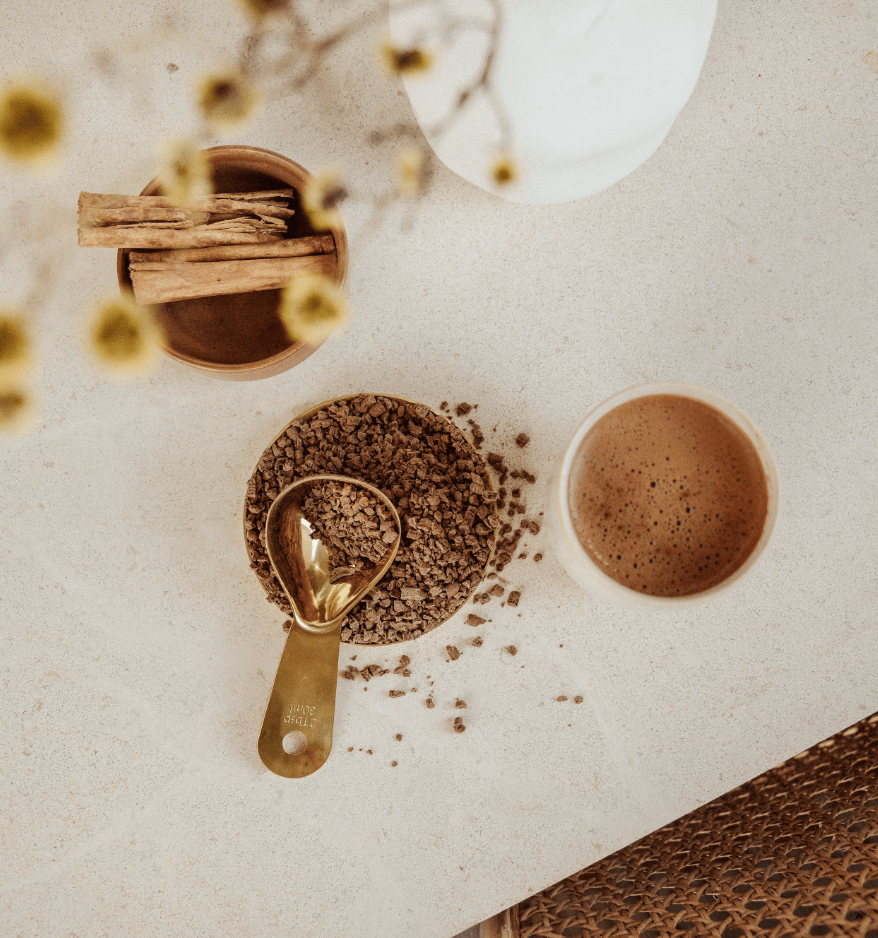
We’ve answered this question many times before, but since the “ceremonial cacao” movement is fairly new in Australia, it’s understandable that there’s some confusion. Comparing Soma Cacao to regular cacao powder is not just about quality; they are entirely different substances with vastly different chemical compositions. It’s like comparing a whole fresh orange to reconstituted orange juice—both have their place, but they serve very different purposes.
Moreover, there are significant ethical differences in how Soma Cacao is sourced versus most of the cacao and cocoa products you find in supermarkets or health food stores. Below, we’ll break down the key differences between Soma Cacao and cacao powder, and hopefully, provide you with a clearer understanding of why our product is special.
1. Soma Cacao is Technically a Solidified “Paste”
In the world of chocolate-making, cacao paste is also called "liquor" or "cocoa mass." Here’s how it’s made:
-
Harvesting & Fermentation: Cacao pods, the fruits of the cacao tree, are harvested when ripe. The beans are removed and fermented naturally for 5-7 days. This fermentation process develops both the flavour and nutritional profile of the beans. Many bulk cacao producers skip this crucial step, but all Soma Cacao is fermented to perfection.
-
Drying: After fermentation, the beans are dried to remove moisture.
-
Roasting: The beans are typically roasted to enhance their flavour profile.
-
Winnowing: The outer shell is peeled away from the beans.
-
Grinding: The roasted and peeled beans are then ground into a thick paste, which solidifies into what we call Soma Cacao.
This means Soma Cacao retains the full integrity of the cacao bean, with all of its fats, minerals, and bioactive compounds intact. It’s a whole food, much like biting into an entire fruit rather than drinking a juice.
2. Cacao Powder is Heavily Processed—Stripping Out the Cacao Butter
Cacao powder, on the other hand, undergoes significant industrial processing, stripping away the natural cacao butter. This difference in processing fundamentally alters the nutritional content and overall experience of the product.
From Cacao Paste to Cacao Powder:
-
Pressing: Once cacao paste is made, it’s pumped into hydraulic presses that remove the majority of the cacao butter, which is highly prized by the cosmetic and pharmaceutical industries.
-
Dutching (Alkalisation): The remaining cacao material is often alkalised, or “dutched,” to neutralise its acidity, reduce bitterness, and change its pH. This process also strips the cacao of many of its natural antioxidants and nutrients.
-
Pulverising: The treated material is cooled, pulverised, and sifted into a fine powder. This powder is then packaged and sold for baking, health foods, or hot chocolate mixes.
As a result of this process, cacao powder lacks the rich cacao butter and the array of active compounds present in whole cacao paste.
3. Different Nutritional Profiles
Because of its processing, cacao powder and cocoa powder simply do not contain the same levels of nutrients as pure cacao paste like Soma Cacao. During the various stages of pressing, alkalising, and pulverising, many of the naturally occurring antioxidants, minerals, and flavonoids are lost.
Without cacao butter—the natural fat found in the whole cacao bean—your body also has a harder time absorbing the remaining vitamins, minerals, and bioactive compounds, like theobromine. The cacao butter serves as a carrier for these nutrients, making them more bioavailable. Without it, the benefits of cacao are significantly diminished.
Additionally, the absence of cacao butter means cacao powder can be more taxing on the adrenals, liver, and digestive system when consumed regularly, and it can overstimulate the nervous system—especially when used as a substitute for coffee or other stimulants.
4. Soma Cacao is Ethically Sourced and Single-Origin
Sourcing practices are another critical distinction between Soma Cacao and other cacao products. The vast majority of cacao used in the global market—around 80%—comes from plantations in West Africa, particularly Ghana and Ivory Coast. Unfortunately, much of this cacao is produced under unethical conditions, including child labour and unfair wages. There is also significant corruption within cacao cooperatives worldwide, even in regions like South America.
At Soma Cacao, we work directly with family-owned, small-scale cacao farms, bypassing third-party agents and middlemen. This ensures that our cacao is ethically sourced, and we can trace our product all the way back to the farm. We pay premium prices that are significantly higher than Fair Trade rates, protecting farmers from market fluctuations and supporting sustainable livelihoods.
Many cacao and "ceremonial cacao" products found in Australia are processed overseas, using beans from thousands of different farms. This results in a product that has passed through multiple traders and suppliers, often with limited transparency regarding its origins or production practices.
5. A Note on “Cacao” vs. “Cocoa”
The distinction between “cacao” and “cocoa” can be confusing, especially since the terms are often used interchangeably in the industry. Some brands use “cacao” to give the impression that their product is healthier or more natural, but when you trace the production process, you find that the difference is often just a matter of spelling.
In general, “cacao” refers to the raw, unprocessed bean, while “cocoa” is often used to describe products that have undergone significant processing. However, this isn’t a hard-and-fast rule, and it’s important to research the actual practices behind the products you buy.
In summary, Soma Cacao and cacao powder are two entirely different products, each with distinct processing methods, nutritional profiles, and sourcing practices. Soma Cacao is a minimally processed, whole-food product that retains the natural cacao butter and bioactive compounds, while cacao powder is a more heavily processed product with much of its nutritional value stripped away.
Choosing Soma Cacao means choosing a product that is not only better for your health but also ethically sourced and supportive of small-scale cacao farmers. It’s a richer, more nutrient-dense option that aligns with both wellness and sustainability values.
If you have any more questions, we’re always here to help clarify. Let us know if you need further details!
- Tags: Cacao Hacks Health
2 comments
-
Sofia Harris on
Great article.
Thank you.
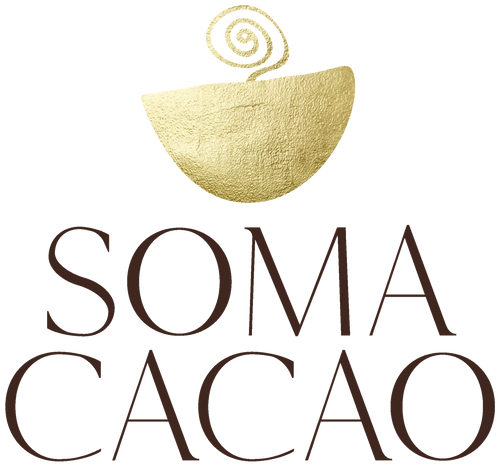

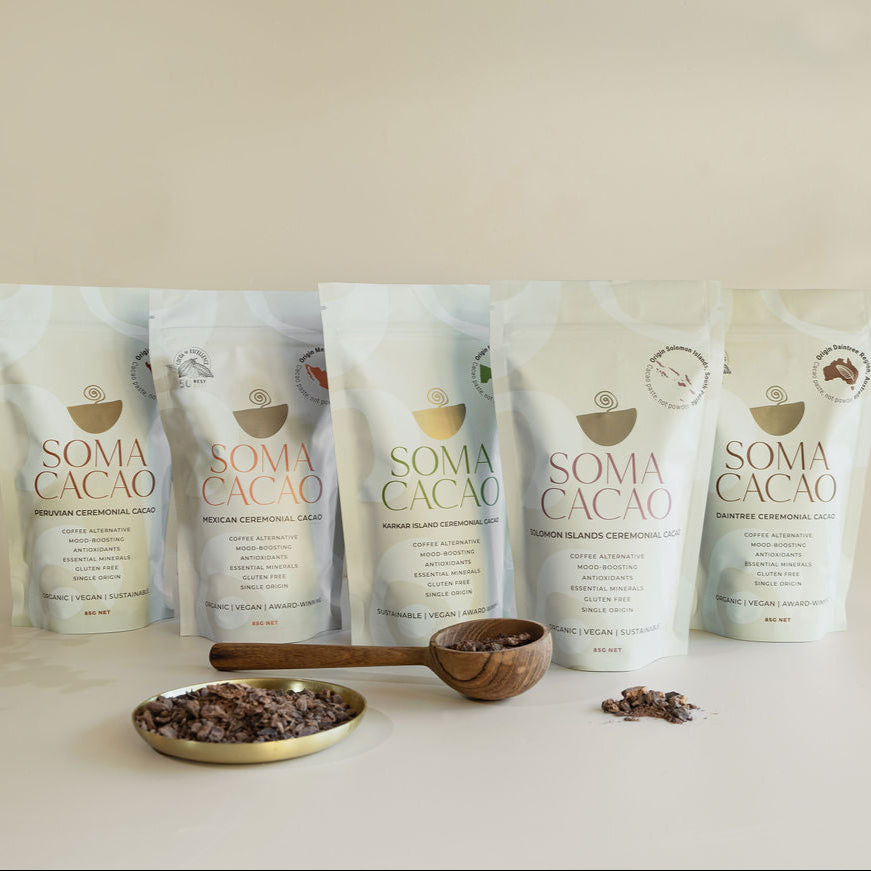
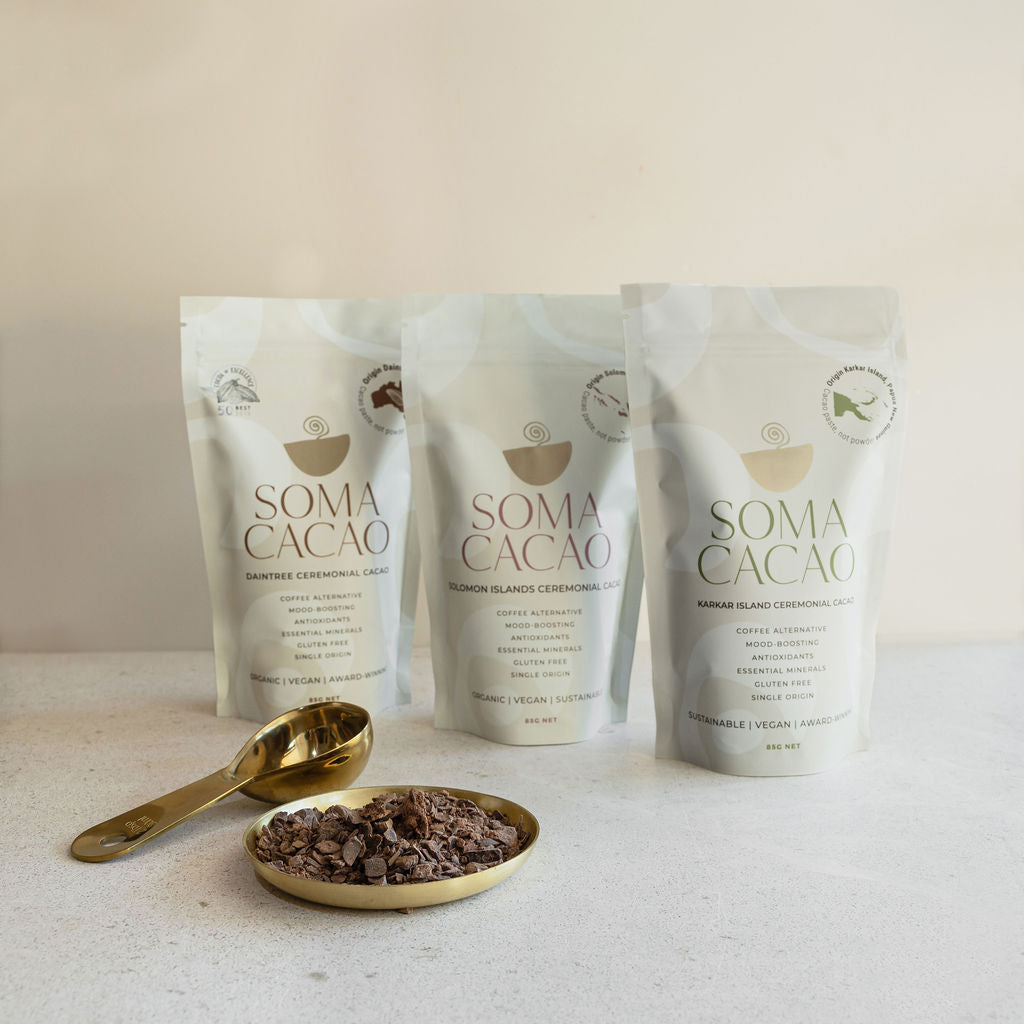

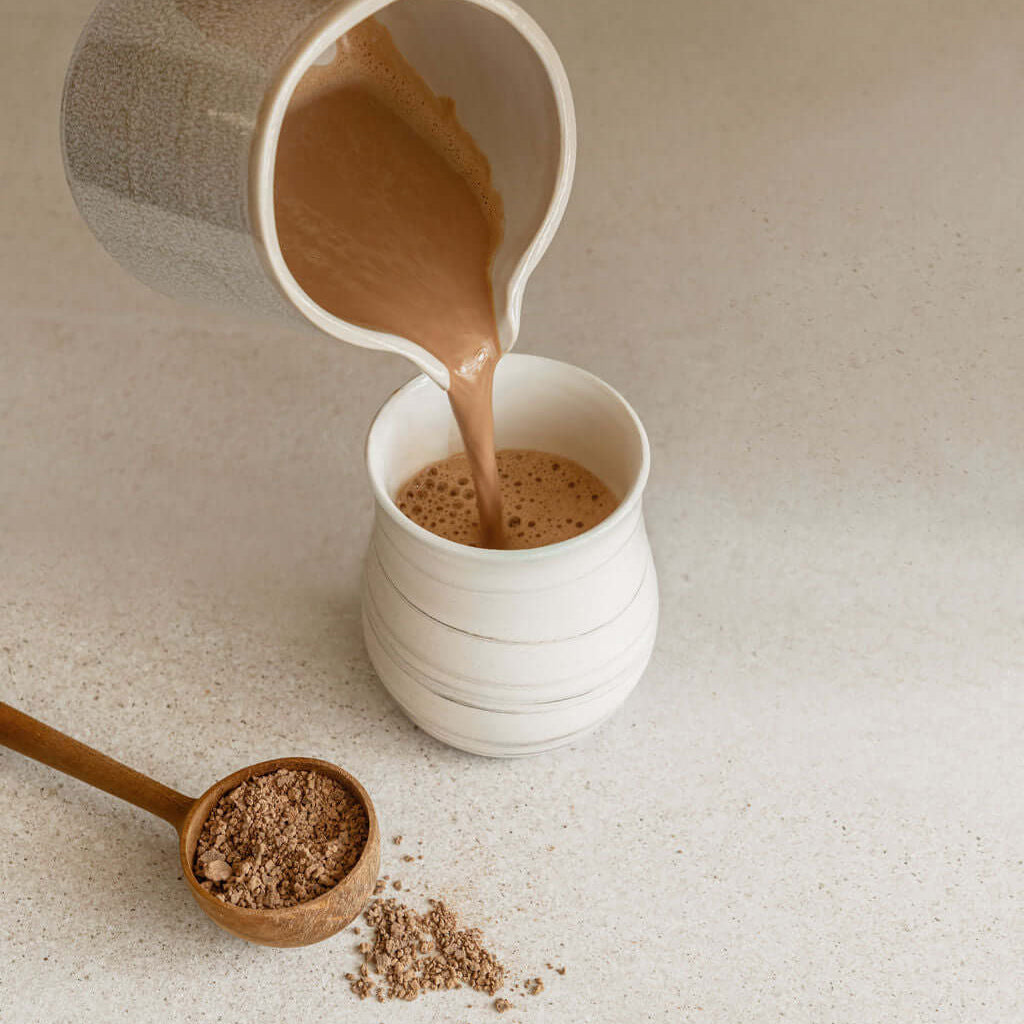
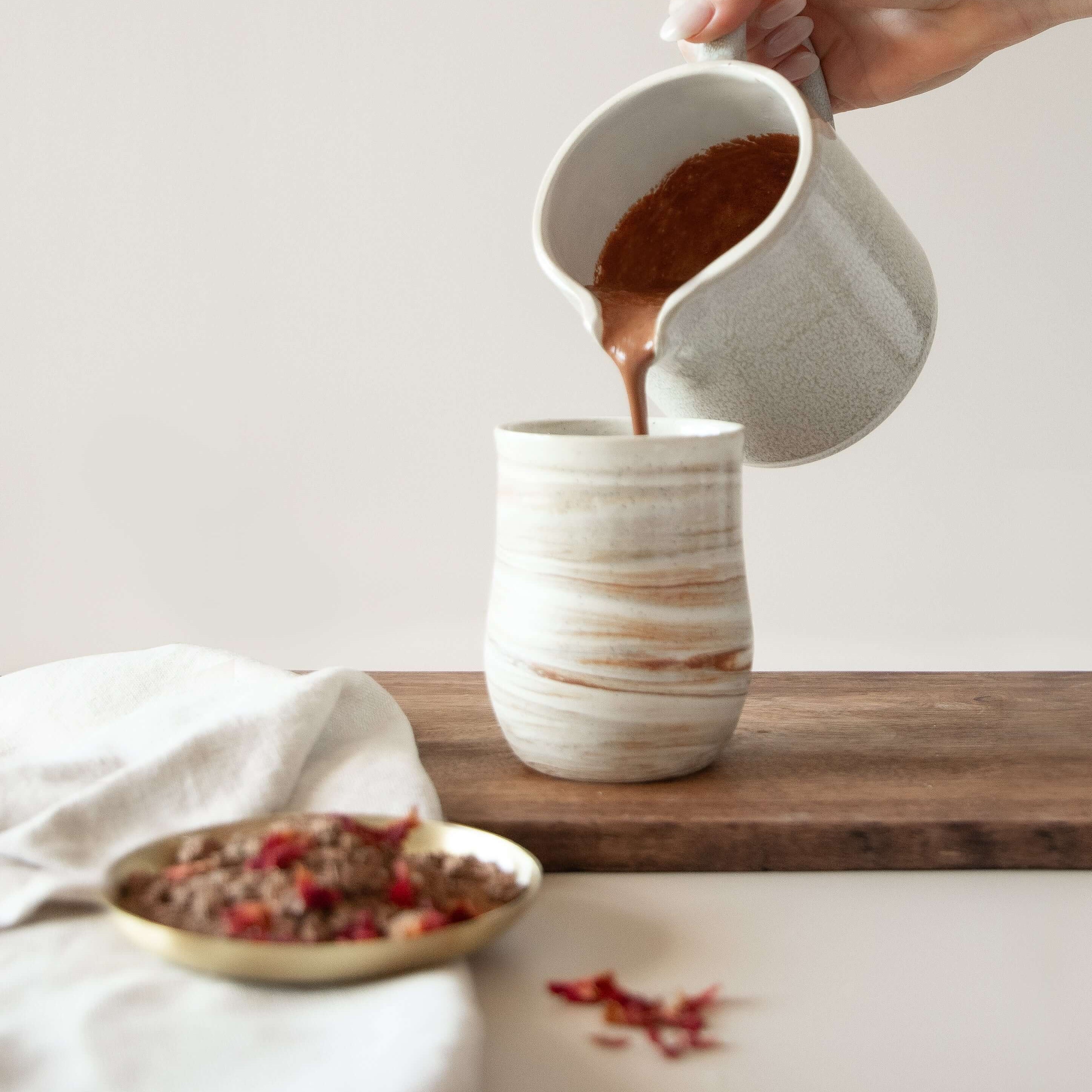
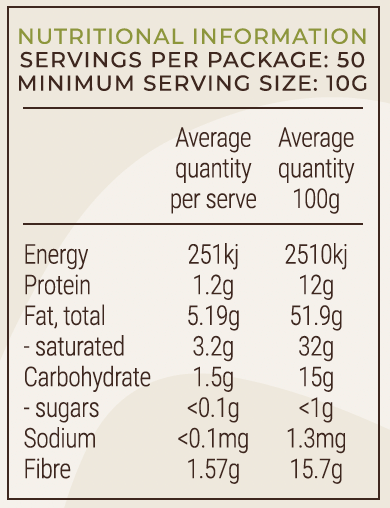

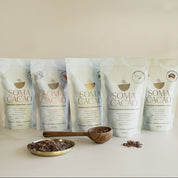
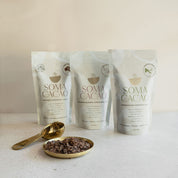

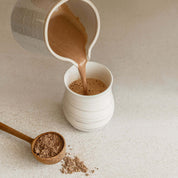

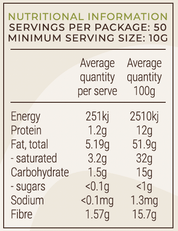


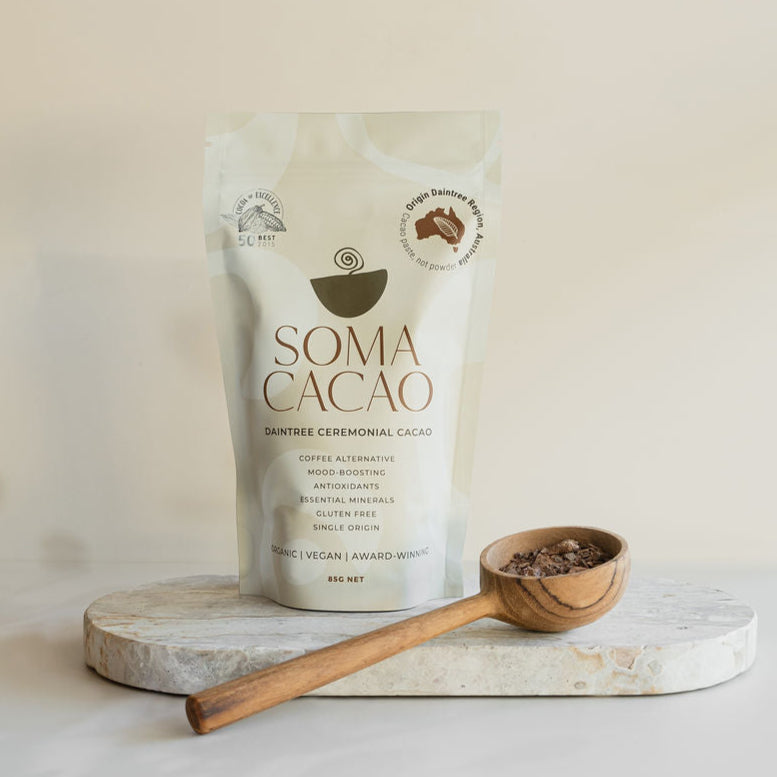
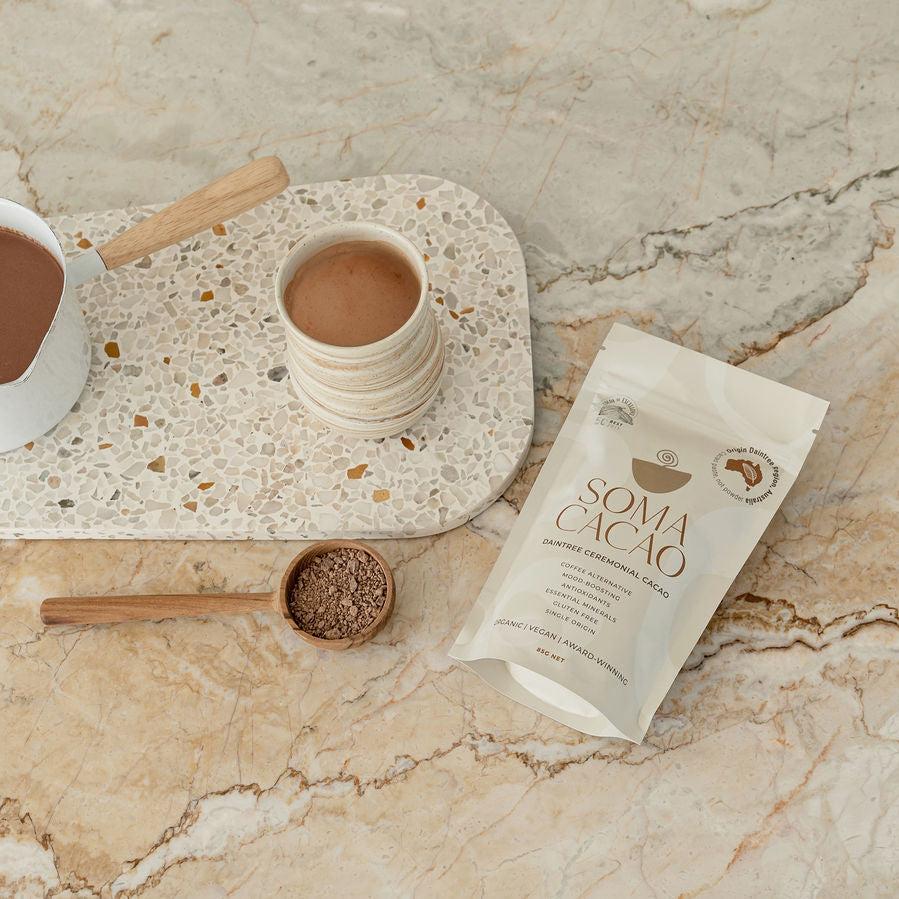
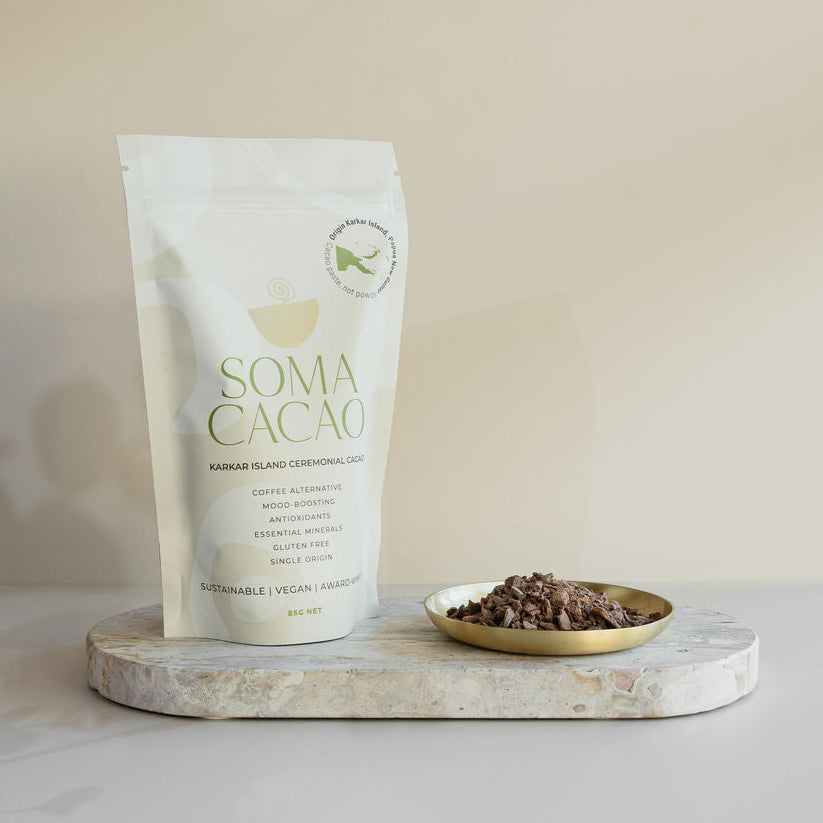
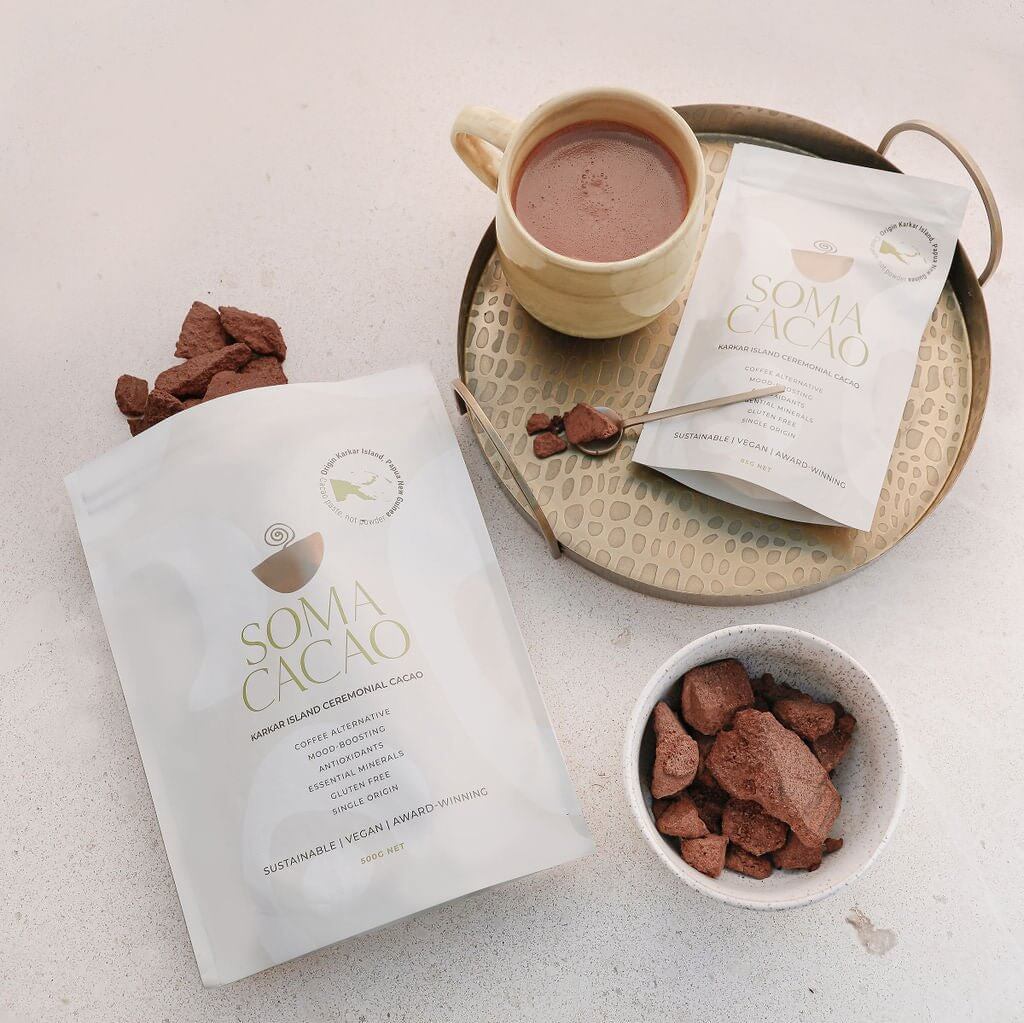
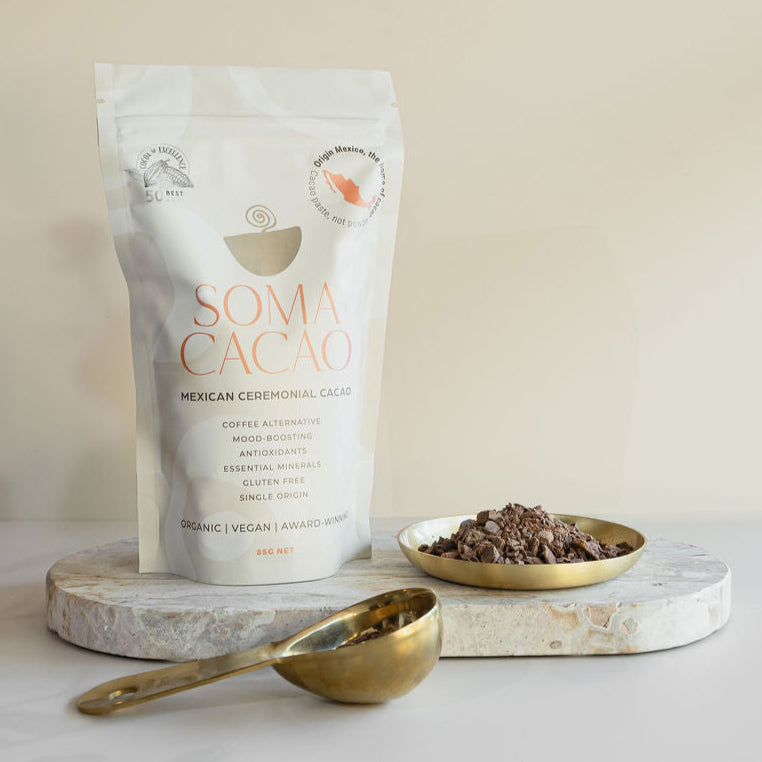
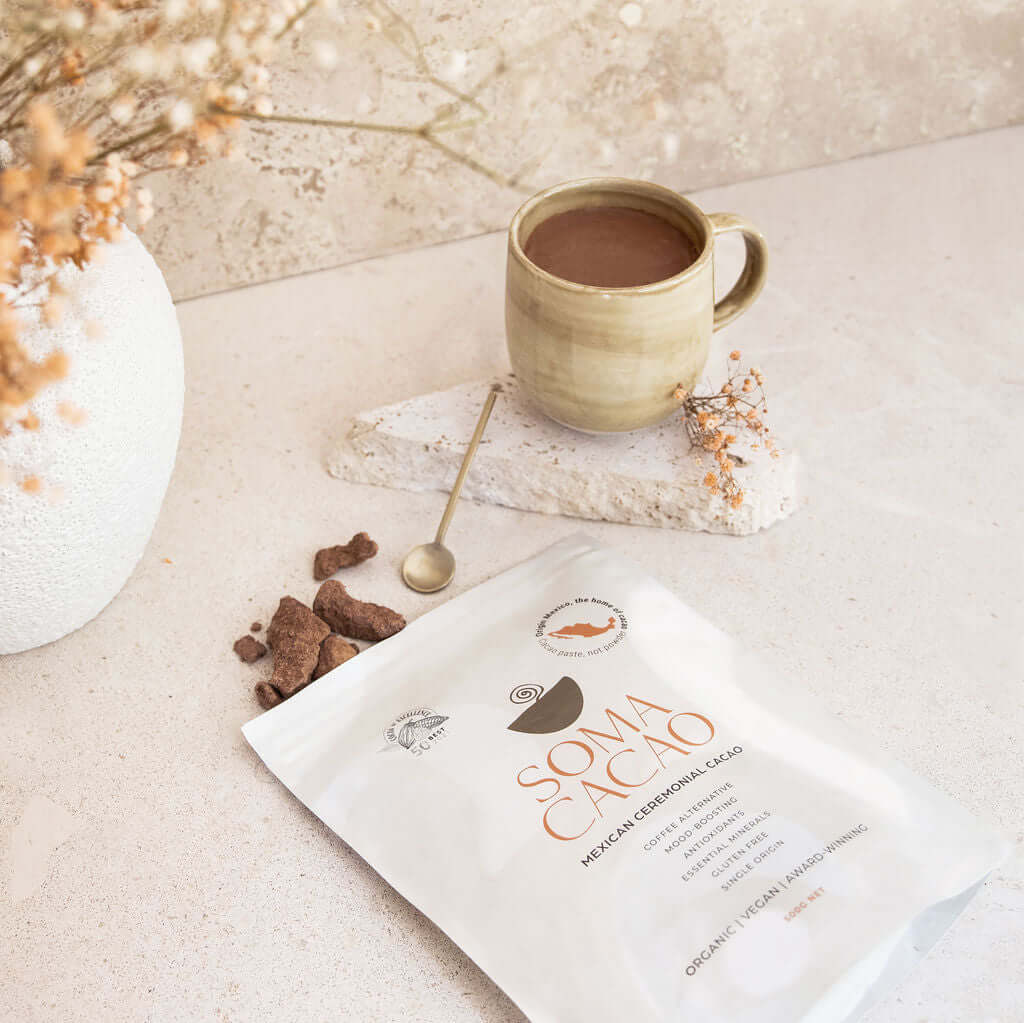
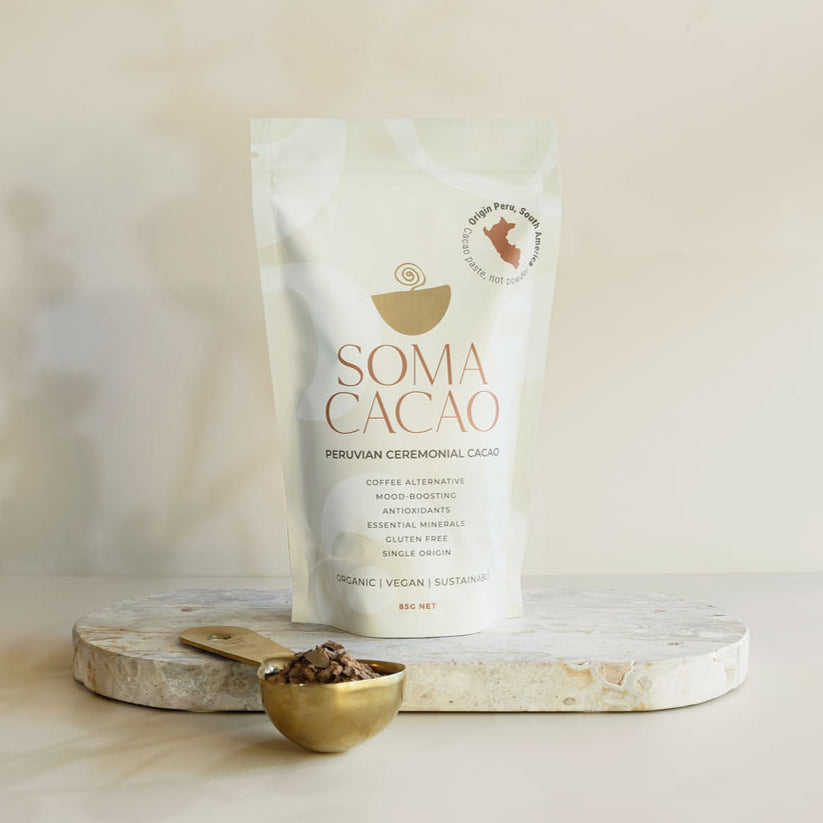

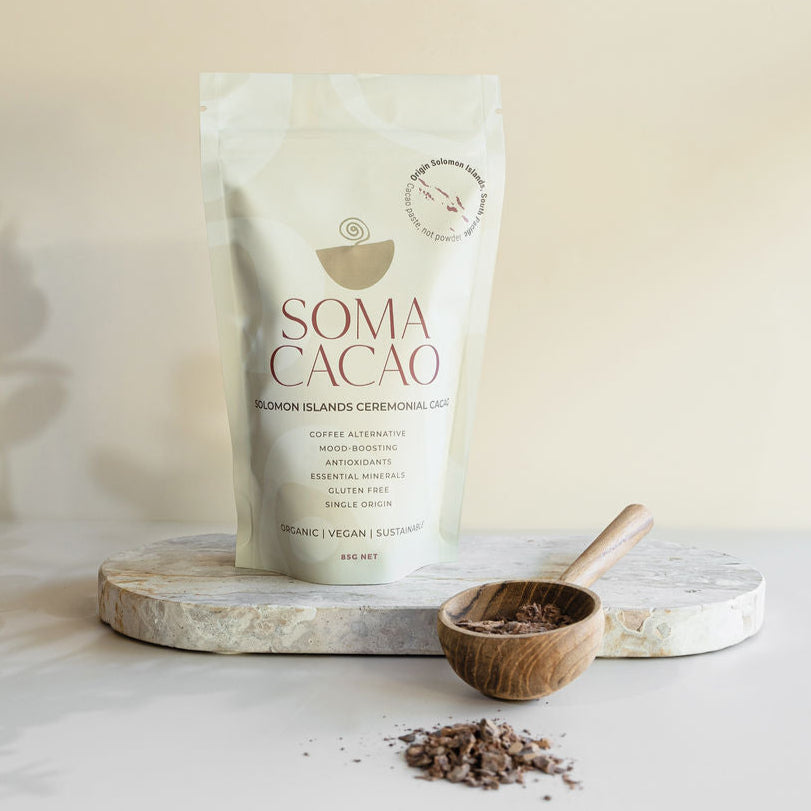
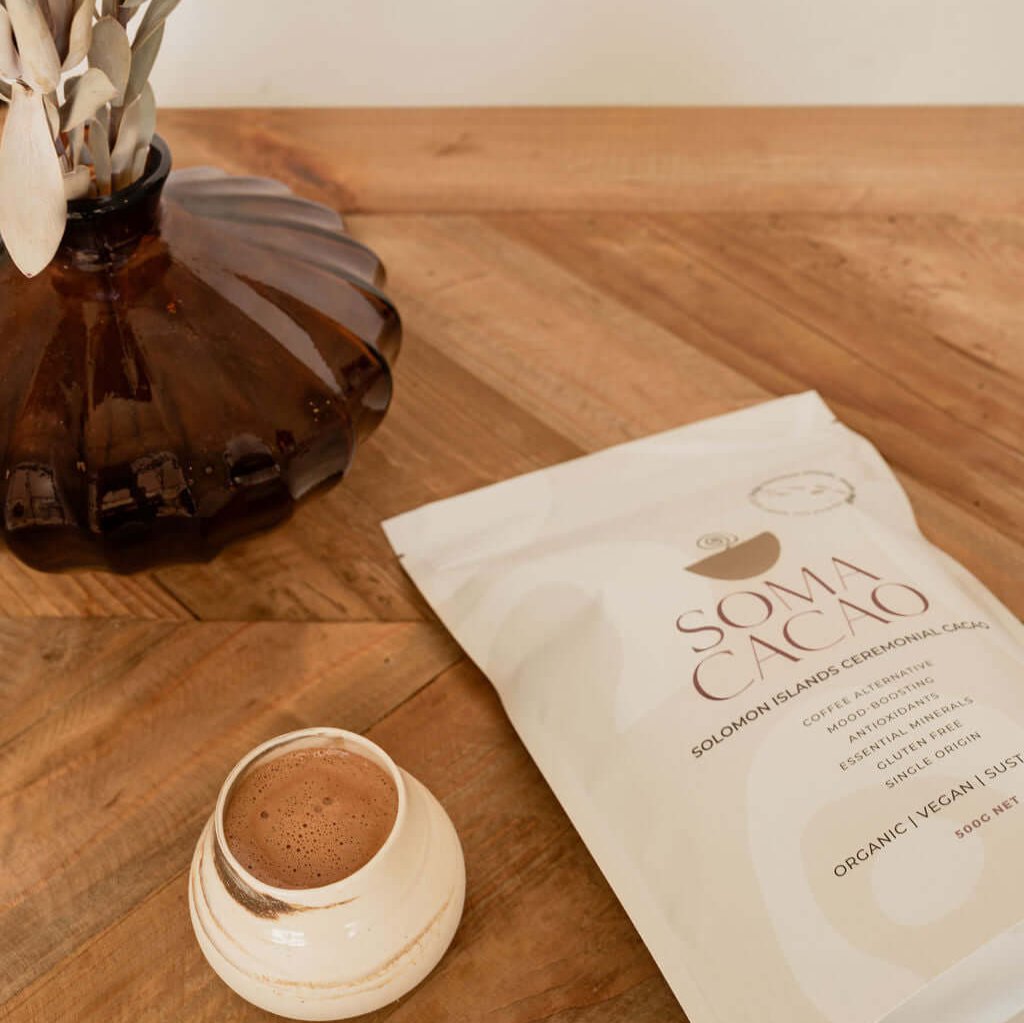
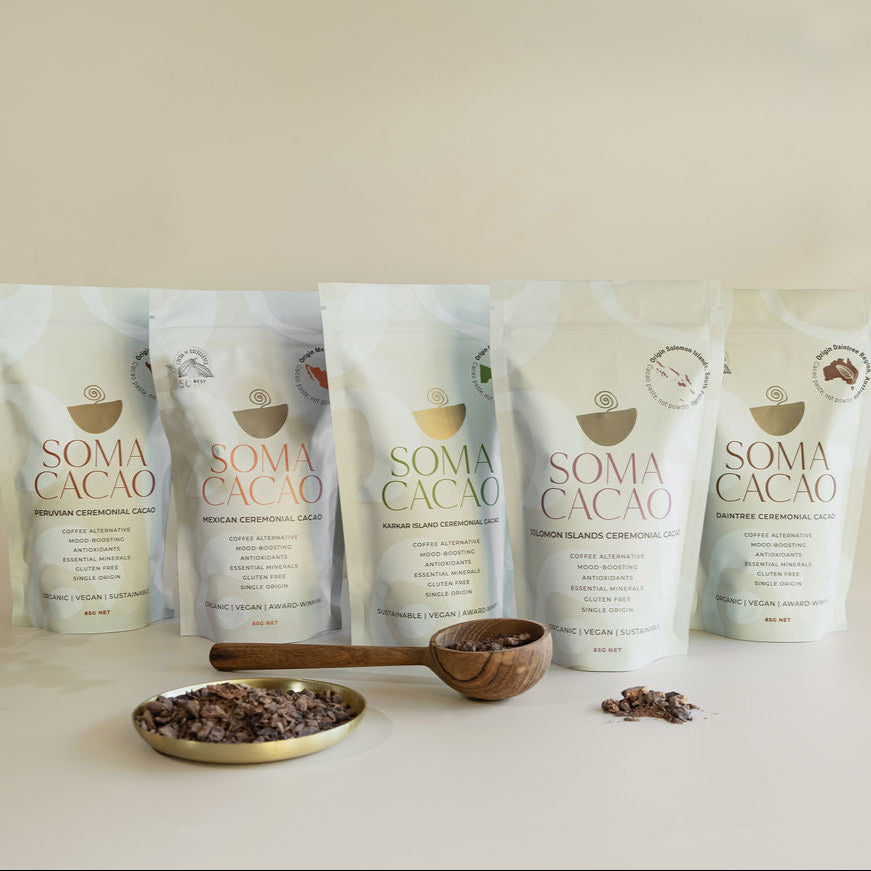
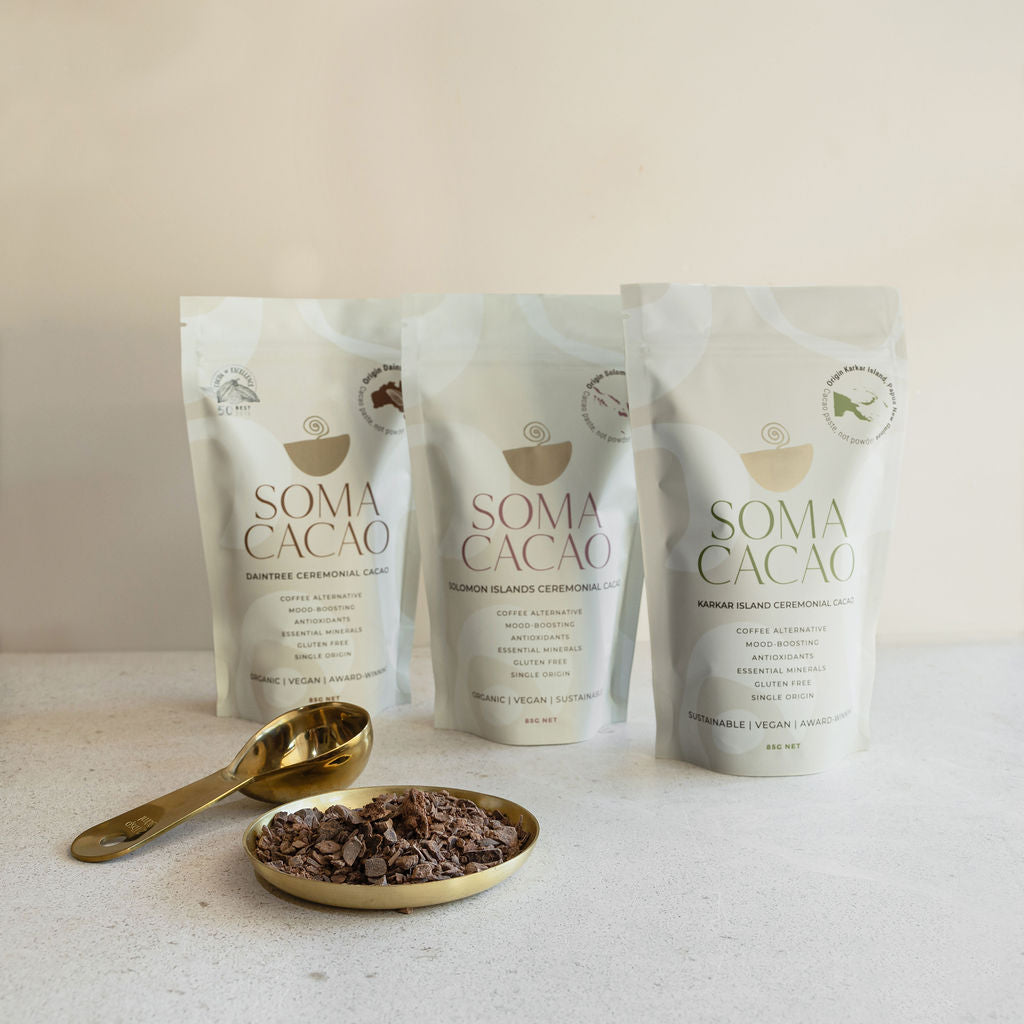
Would this break my fast? Should I only drink it within my feeding window?